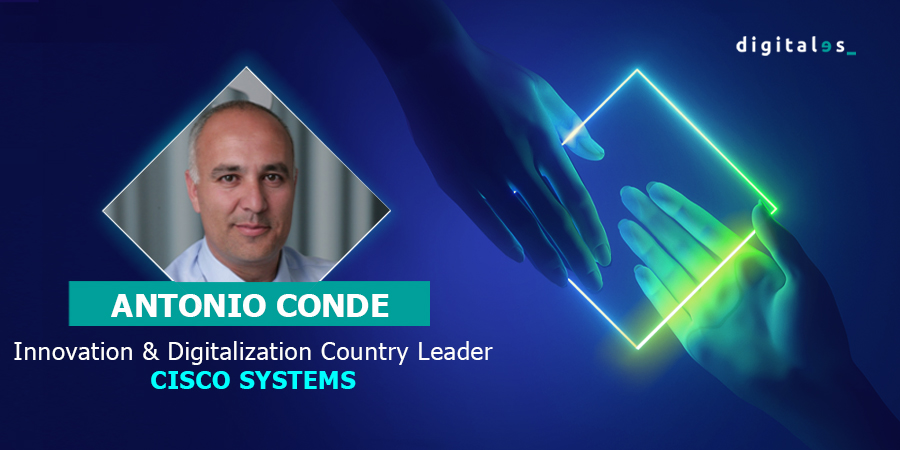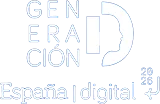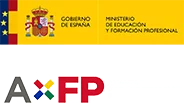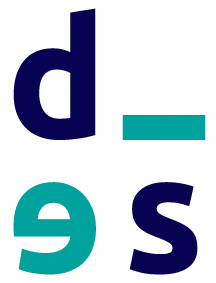15/09/2022
CRACKS of technology’ is a weekly series of interviews, through which we want to give voice to those IT professionals who are absolute geniuses of technology in Spain. We want to hear from them, to know and recognize the work they do in these companies; to know what they are passionate about and what advice they have for those who will come after them.
Antonio Conde is one of the most recognized Spanish executives at Cisco Systems. After twenty years at the technology giant, he now combines the hats of chief innovation officer, digitalization program leader and Next Generation EU fund manager.
The reader may know that, of Cisco’ s eight innovation centers around the world, one of them is located in Spain, specifically in Barcelona. In this context, Cisco is piloting from Barcelona a number of initiatives that will contribute decisively to make Spain a great hub of technological innovation for the whole of Europe.
Curiously, the person responsible for all this activity has never had to move from his home in Seville. A teleworker for more than two decades, today we asked him about his work, his experience working remotely and how he sees the technological future of Spain.
Q.- Tell us about the innovation center in Barcelona and what will be the pillars of your activity in the near future.
A.- The Barcelona team was one of the first in the entire group to have holography equipment, augmented reality… It is a center that has historically been dedicated to innovation that was two steps ahead of the current product line, but we are progressively completing that strategic line with short and medium-term innovation, so that customers can make proofs of concept and development combining emerging and current technologies.
Looking ahead to the coming months, I would say that many of our efforts will be focused on three main objectives: active participation in the PERTE Chip, which is part of the European semiconductor strategy; technological innovation aimed at sustainability and ecological transition; and catalyzing an urban innovation ecosystem around Barcelona’s 22@ district.
Q.- What opportunities do you identify in these areas?
A.- Clearly, we see a great opportunity in sustainable tourism and in how to apply technology to tourist destinations. We have very interesting projects in this area. For example, during Holy Week in Seville we applied technologies such as video surveillance cameras, intelligent street lamps, monitoring of traffic cameras or people counting to avoid the crowds that used to occur during the Holy Week. madrugá.
Another of our priorities is quantum technologies, both hardware and software, on which many universities in Spain are working.
We are also putting a lot of focus on the digitization of the ports. It is a powerful industry and Spain has infrastructures that can become a model for other countries. All of this, enabled or accelerated by 5G technology.
Q.- As a direct witness of the technological revolution, your own work at Cisco has changed completely in the last few years. What is it that stimulates you most about this constant change?
A.- I joined Cisco Systems Spain in August 2000, as a highly specialized technician. At that time, there was a high demand for people skilled in access and voice over IP technologies. I was fortunate enough to experience the liberalization of the telecommunications sector first-hand, then to move into business development and, finally, to enter fully into the areas of digitalization and innovation.
To your question, what stimulates me the most? I never get bored! In this company you can go wherever you want. If that’s what you want, this company makes it easy for you to move and find new challenges.
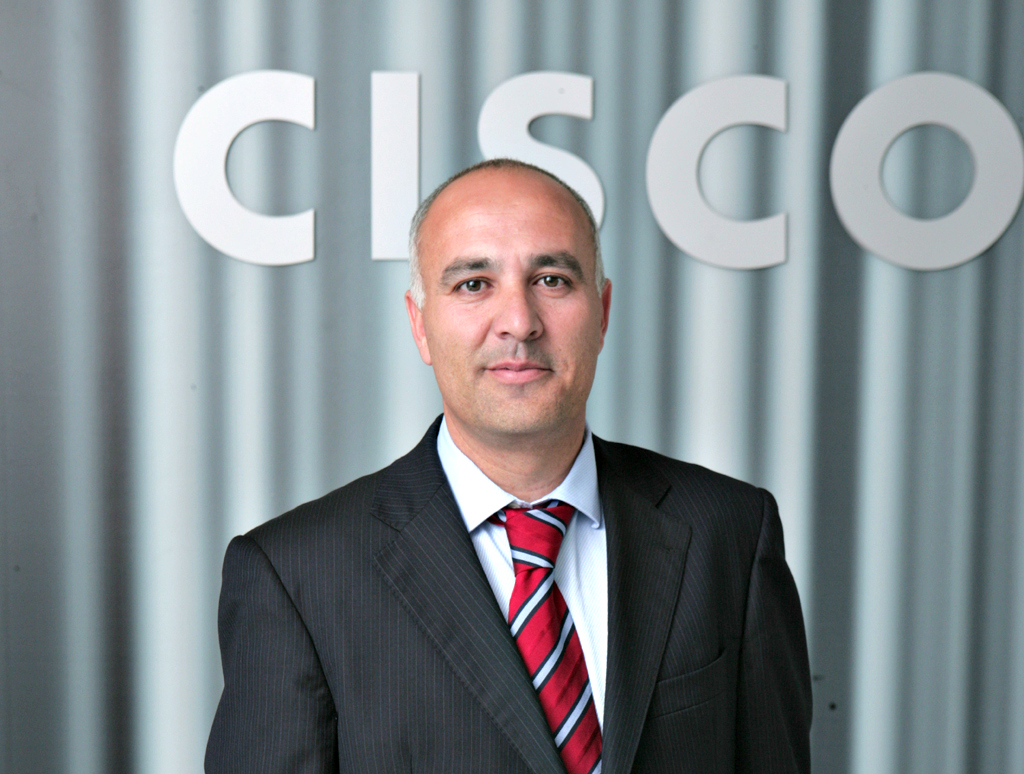
Q.- Cisco allowed you to telework from day one. That was 22 years ago. On the other hand, most organizations have made the leap to remote work during the pandemic. What is your opinion of the way in which other companies are adopting these work formulas?
A.- At first we felt ratified, because we at Cisco have been promoting the advantages of teleworking for decades. The pandemic has shown that it is possible to work differently, with greater flexibility, thanks to technology.
However, we have been somewhat surprised that many organizations wanted to move from on-site to teleworking without accompanying this transition with a review of the organizational and leadership model. Teleworking is a brutal change in terms of combining professional and personal life that you have to know how to anticipate and manage.
“The pandemic has shown that it is possible to work in a different way, with greater flexibility, thanks to technology.”
Q.- Despite these challenges, do you believe that hybrid work is here to stay?
A.- Without any doubt. Even in those places where there was reluctance to adopt teleworking, due to fears related to productivity, absenteeism or control of the productive force, people have perceived that these problems can be controlled and that the final result more than compensates.
In a flexible work model, each person takes advantage of the times of the day when he or she is most productive to work. Therefore, the trend is to reorganize physical spaces to adapt to this new way of understanding the workplace, seeking to provide services that make it attractive for employees to come to the office.
Q.- In your case, since you have been teleworking for more than twenty years, what value do you think physical offices have?
A.- As is logical, in the last two years I have traveled much less to Madrid and Barcelona, although we are already recovering the pre-pandemic rhythm. That means traveling several times a month, because there are services or aspects related to human interaction that are still difficult to replace. It is about giving workers the freedom to deploy the skills for which you hired them and, at the same time, to maintain a point of personal synchronization with your team on a regular basis, establishing face-to-face attendance for certain meetings. Telework cannot be all or nothing.
In this context, physical spaces at Cisco are evolving to give greater prominence to open spaces, meeting rooms and the installation of large screens for multipoint teleworking.
“It’s about giving workers the freedom to deploy the skills for which you hired them and, at the same time, to maintain a point of personal synchronization with the team on a regular basis.”
Q.- The pandemic has also highlighted the importance of cybersecurity.
A.- Of course, in a teleworking environment it is crucial to take care of the security of access to work applications, so that operating remotely is as secure as doing so from the corporate network.
The technology already exists. At Cisco we offer solutions to secure the identity of the user and the device, to ensure that the person is who they say they are and that they are using the equipment they should be. In fact, we work with universities in Spain that have patents on device fingerprinting. We also participate in projects in the healthcare field that demonstrate that federated knowledge can be obtained from an artificial intelligence, without the need to extract the data from the network in which it is stored.
Q.- How has cybersecurity evolved around Bring Your Own Device (BYOD), from a technological point of view?
A.- In the past, the way to protect devices outside the corporate network was to generate a tunnel (VPN) to connect both. However, as the company’s perimeter grew, so did the difficulties – and costs – of managing the number of VPNs.
Today, a trust and certification policy is generated between the device, the user and the corporate network. In other words, it is a matter of identifying the person and the team, and checking that there is no dissonance in traffic patterns. In this way, any attempt to access unauthorized applications and data can be detected, requiring much less processing power.
Q.- Are you one of those who believe that quantum computing will put all cybersecurity systems in check?
A.- We know that current encryption algorithms are not secure against quantum computing. What can take a normal computer 300 years to decrypt, a quantum computer can decrypt in 2.5 hours.
That is why we have been trying to prevent this threat for years, working on post-quantum encryption algorithms. At the European Union level, there are already three finalist algorithms and it is possible that the choice of the algorithm that will set the future industry standard will be accelerated compared to the initial target date of 2024.
In short, technology will continue to evolve, challenges will continue to arise and, once again, technology itself will be able to meet them. I can’t think of a more fascinating industry to work in.
“Technology is going to continue to evolve, challenges are going to continue to emerge and, again, technology itself will be able to meet them. I can’t think of a more fascinating sector to work in.”


